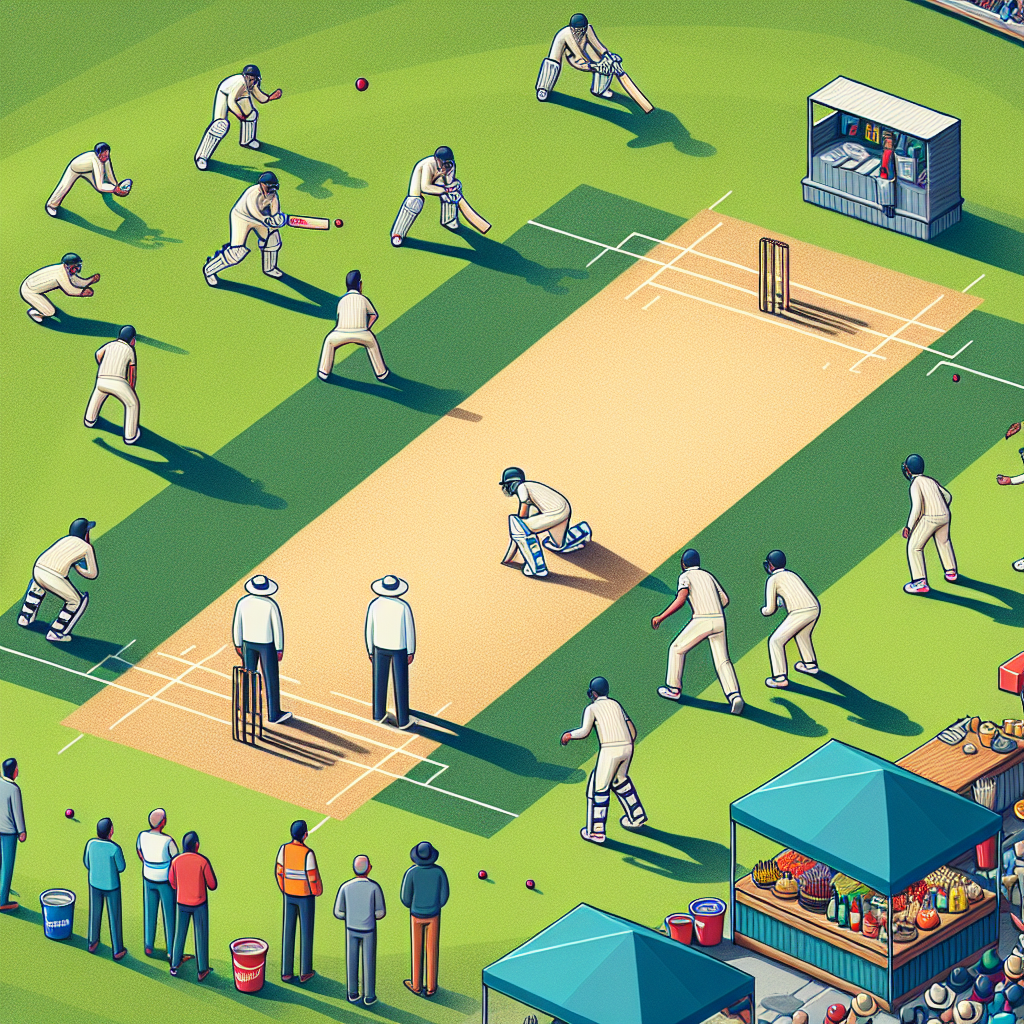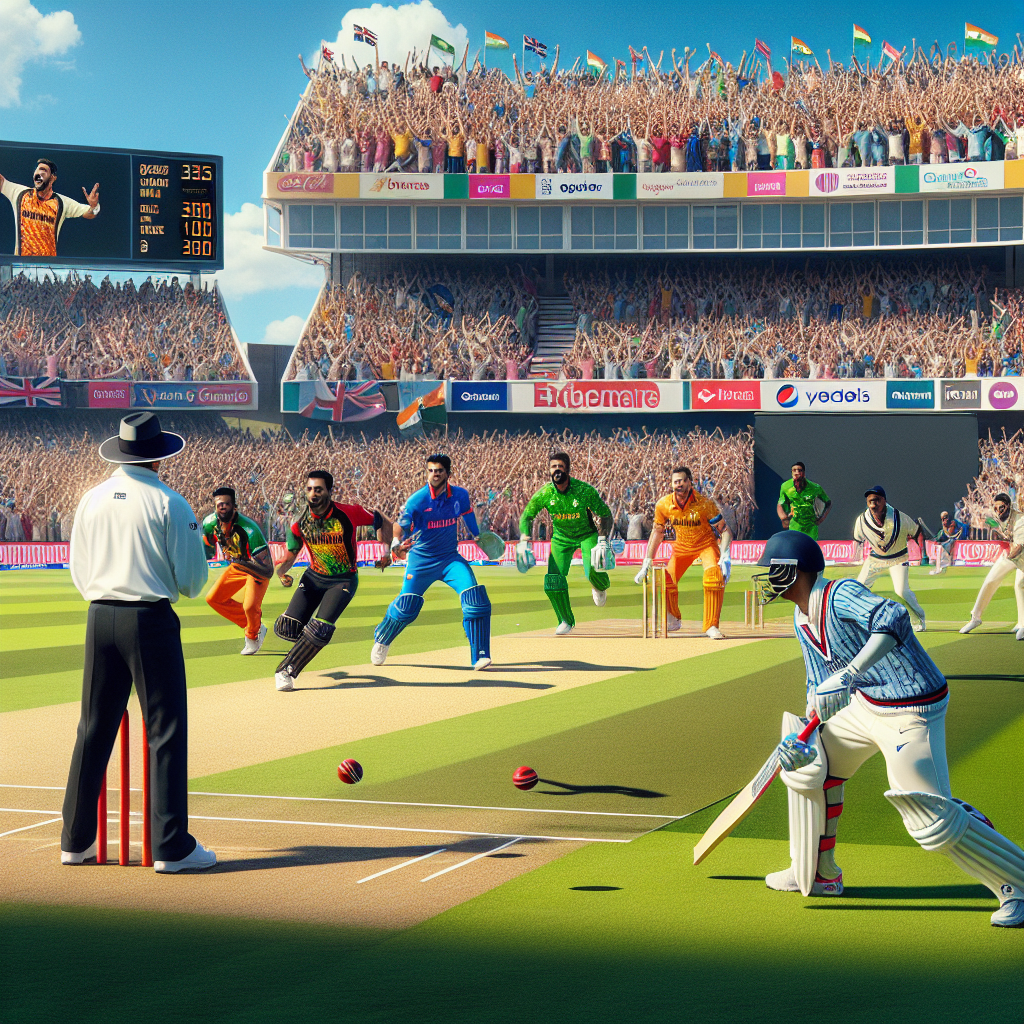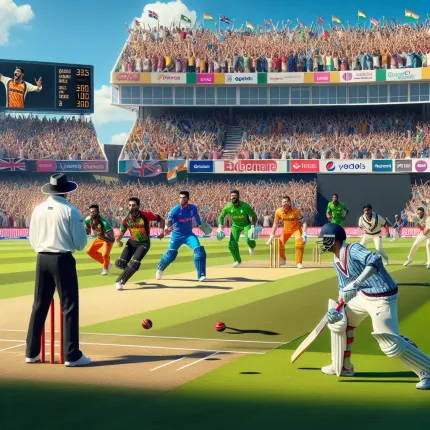
The Indian Premier League (IPL) has revolutionized the world of cricket since its inception in 2008. It has not only transformed the way cricket is played but also how it is perceived globally. With its unique blend of sports and entertainment, the IPL has become a cultural phenomenon, drawing millions of viewers and generating significant economic impact. This article delves into the various facets of the IPL, exploring its history, impact, and the future of cricket in the context of this dynamic league.
The Genesis of IPL
The IPL was conceived as a response to the growing popularity of Twenty20 (T20) cricket, a shorter format of the game that promised fast-paced action and excitement. The Board of Control for Cricket in India (BCCI) launched the league in 2008, with the aim of creating a platform that would showcase domestic talent alongside international stars. The league's format, which includes city-based franchises, player auctions, and a round-robin tournament structure, was inspired by successful sports leagues like the English Premier League and the NBA.
Key Milestones in IPL History
- 2008: The inaugural season of the IPL was held, with Rajasthan Royals emerging as the champions.
- 2010: The IPL became the first sporting event to be broadcast live on YouTube.
- 2014: The league expanded to include eight teams, with the addition of franchises like Sunrisers Hyderabad.
- 2018: The IPL celebrated its 10th anniversary, marking a decade of cricketing excellence.
- 2020: The league was held in the UAE due to the COVID-19 pandemic, showcasing its adaptability and resilience.
The Economic Impact of IPL
The IPL has had a profound economic impact, both in India and globally. It has created a lucrative ecosystem that benefits players, franchises, sponsors, and broadcasters. The league's brand value was estimated to be around $6.8 billion in 2019, according to Duff & Phelps. This economic impact can be attributed to several factors:
Revenue Streams
- Broadcasting Rights: The IPL's broadcasting rights have been a major source of revenue, with Star India securing a five-year deal worth $2.55 billion in 2017.
- Sponsorships: The league attracts high-profile sponsors, with companies like Vivo, Dream11, and Tata Group investing heavily in title sponsorships.
- Merchandising: Team merchandise, including jerseys and memorabilia, contributes significantly to the league's revenue.
- Ticket Sales: Although impacted by the pandemic, ticket sales remain a crucial revenue stream during normal seasons.
The Cultural Impact of IPL
The IPL has transcended the boundaries of sport, becoming a cultural phenomenon that influences fashion, entertainment, and lifestyle. It has brought cricket to the forefront of popular culture, with Bollywood celebrities and international stars frequently attending matches and participating in promotional events.
Influence on Popular Culture
- Celebrity Involvement: Bollywood stars like Shah Rukh Khan and Preity Zinta own IPL franchises, adding glamour and star power to the league.
- Music and Entertainment: The IPL opening ceremonies feature performances by renowned artists, blending cricket with entertainment.
- Fashion Trends: The league has influenced fashion trends, with fans sporting team jerseys and merchandise as a style statement.
The Role of Technology in IPL
Technology has played a pivotal role in enhancing the IPL experience for players, fans, and broadcasters. From advanced analytics to virtual reality, technology has transformed the way cricket is played and consumed.
Technological Innovations
- Hawk-Eye and DRS: These technologies have improved decision-making accuracy, reducing human error in umpiring.
- Player Analytics: Teams use data analytics to assess player performance and devise strategies, giving them a competitive edge.
- Fan Engagement: Virtual reality and augmented reality experiences have enhanced fan engagement, offering immersive viewing experiences.
The Future of IPL
As the IPL continues to grow, it faces both opportunities and challenges. The league's future will be shaped by its ability to adapt to changing market dynamics, technological advancements, and evolving fan expectations.
Opportunities and Challenges
- Global Expansion: The IPL has the potential to expand its reach by hosting matches in international markets and attracting a global fan base.
- Youth Development: The league can play a crucial role in nurturing young talent, providing a platform for emerging players to showcase their skills.
- Sustainability: As environmental concerns grow, the IPL must adopt sustainable practices to minimize its ecological footprint.
- Competition from Other Leagues: The rise of other T20 leagues poses a challenge, requiring the IPL to innovate and maintain its competitive edge.
Conclusion
The Indian Premier League has redefined the landscape of cricket, blending sports with entertainment to create a unique spectacle that captivates audiences worldwide. Its economic, cultural, and technological impact is undeniable, making it a cornerstone of modern cricket. As the league continues to evolve, it will undoubtedly face new challenges and opportunities. However, its ability to adapt and innovate will ensure that it remains at the forefront of the cricketing world, inspiring future generations of players and fans alike.
In summary, the IPL is more than just a cricket tournament; it is a celebration of sport, culture, and innovation. Its success story is a testament to the power of vision, creativity, and collaboration, setting a benchmark for sports leagues around the world.





